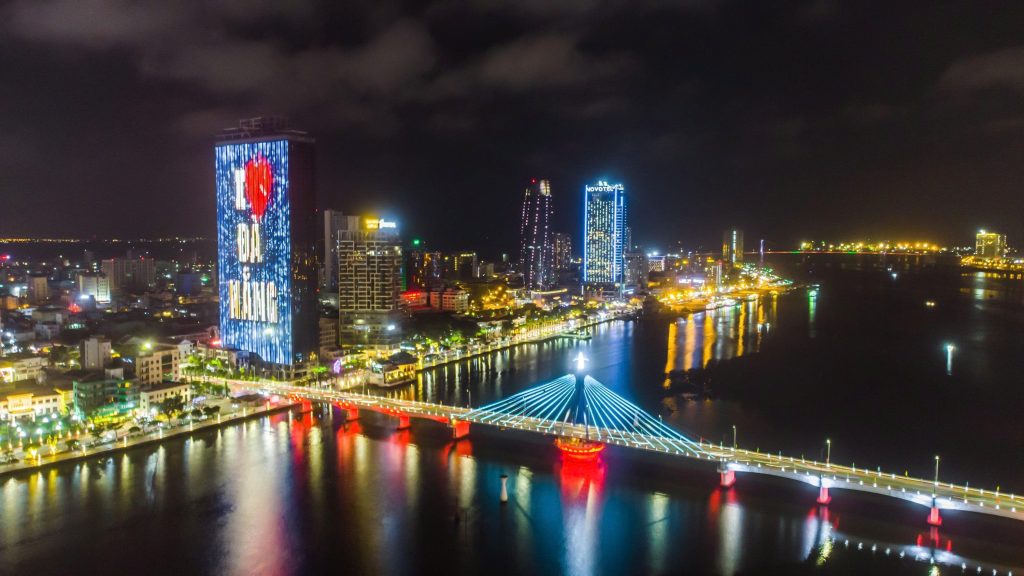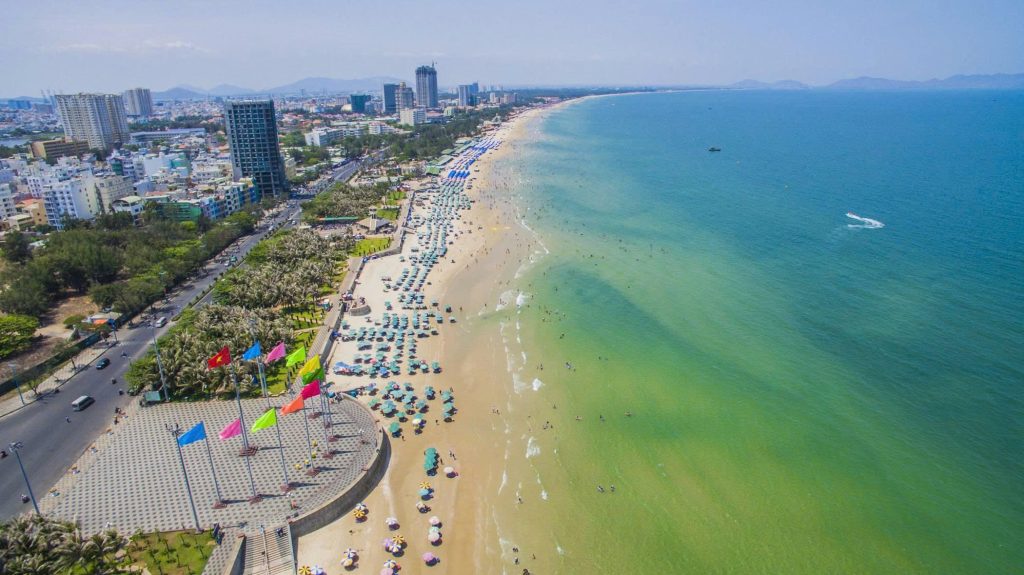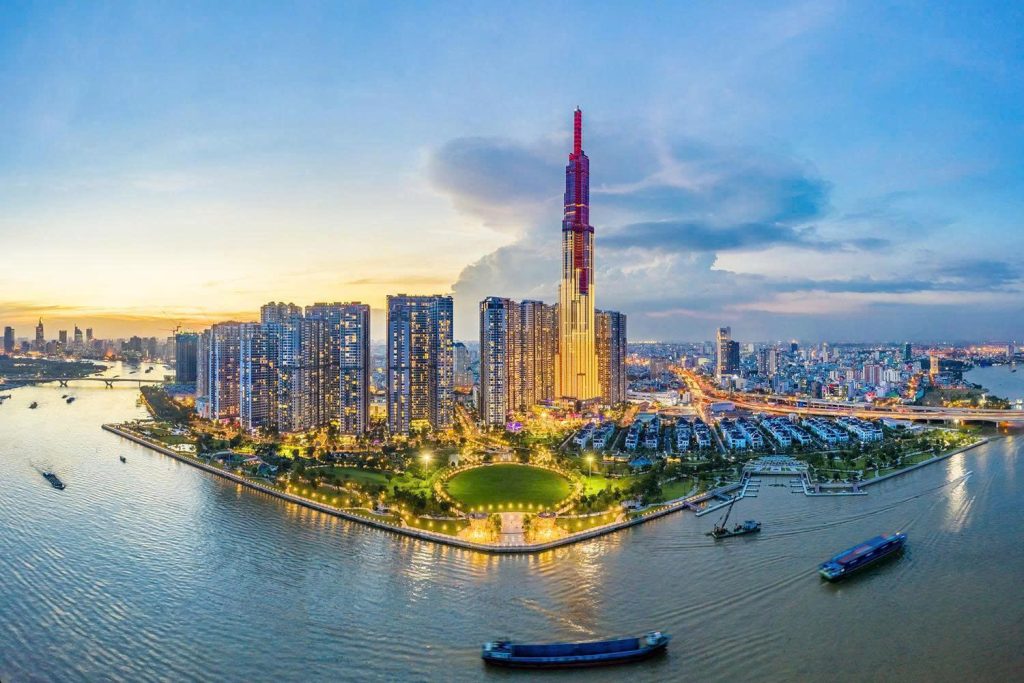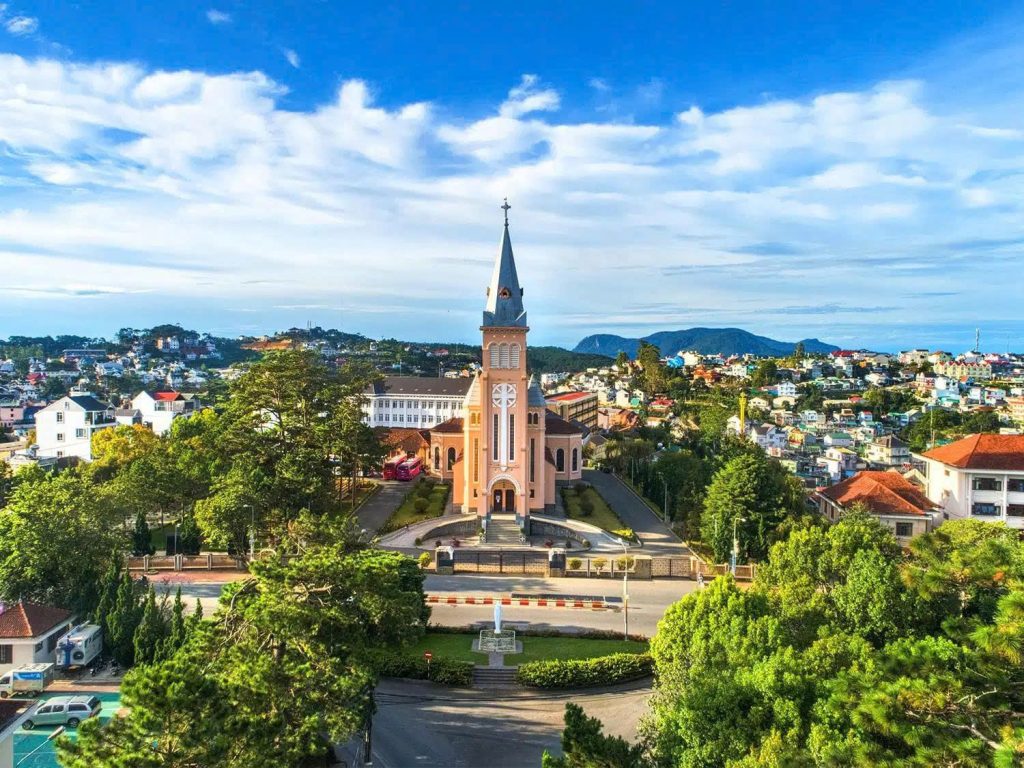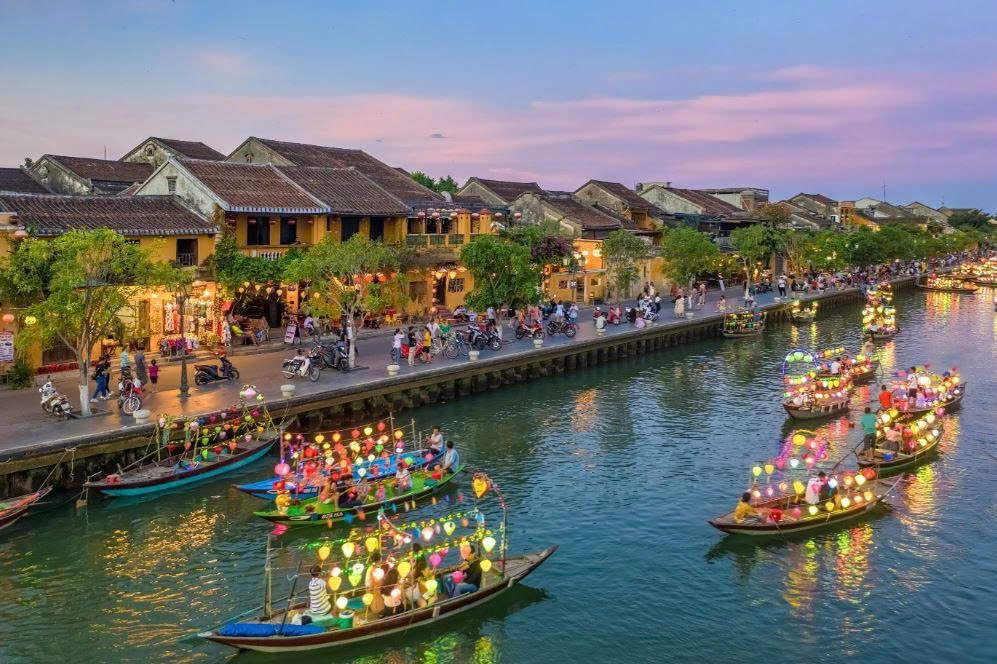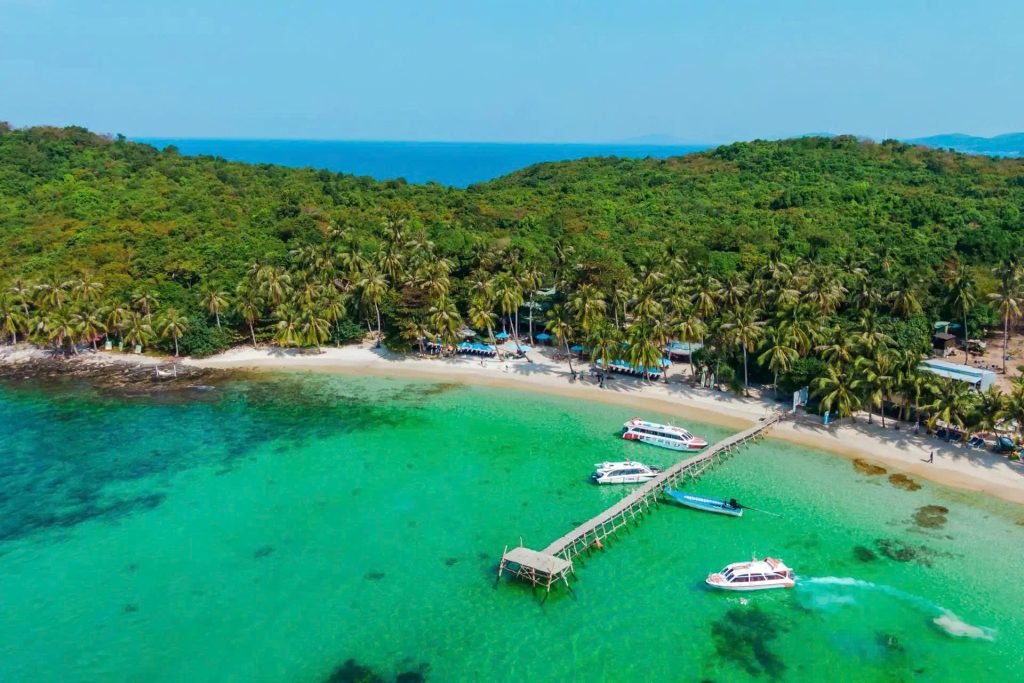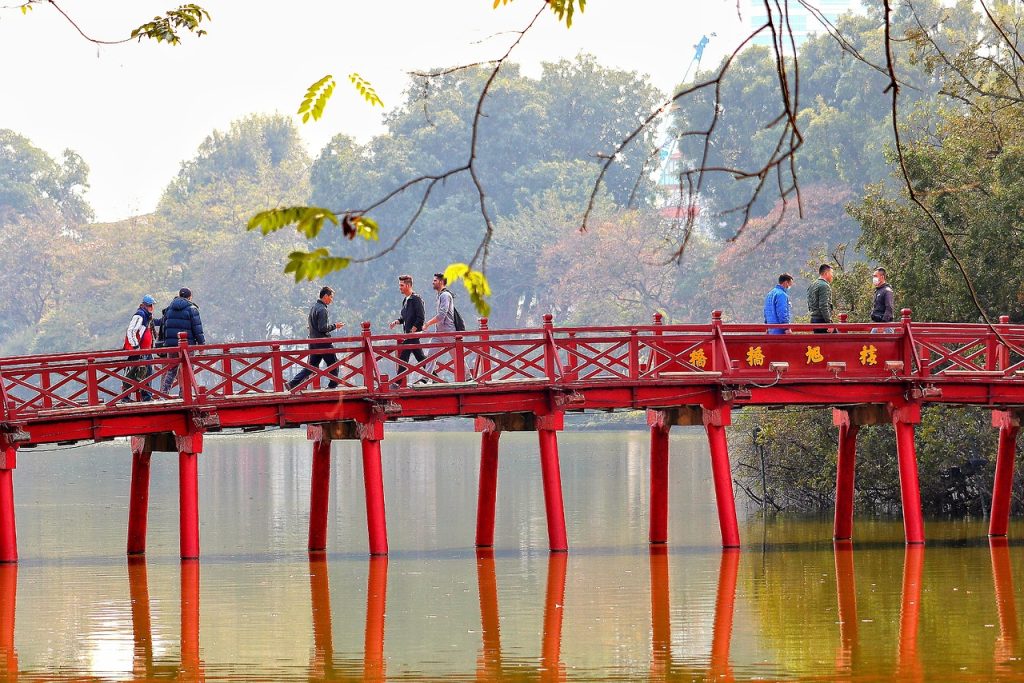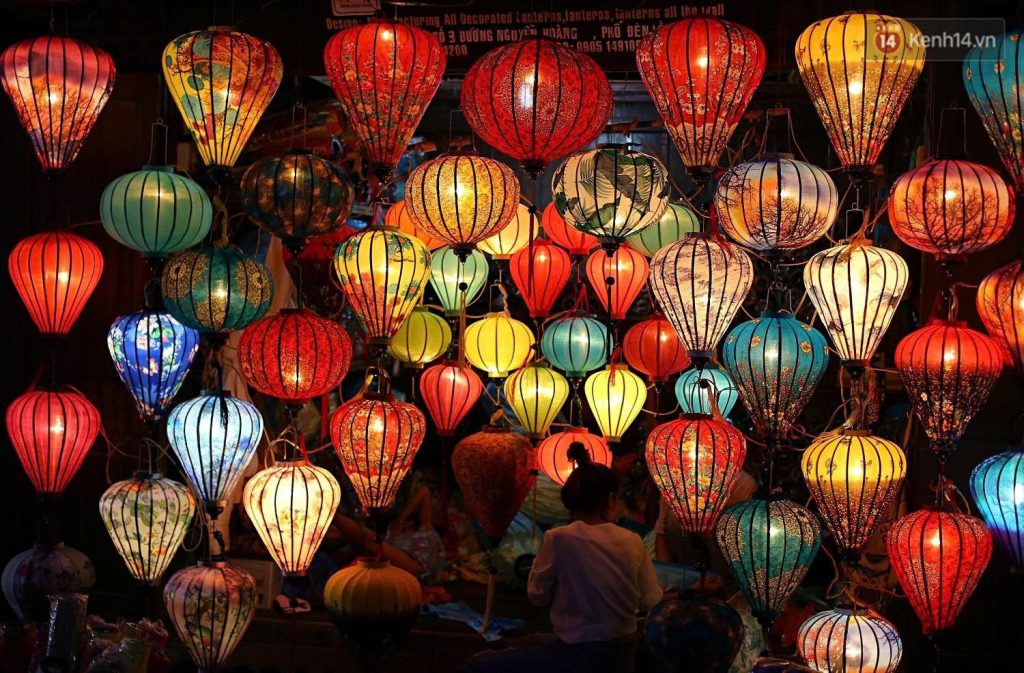Vietnam Travel Budget For 2 Weeks is one of the first and most critical factors every traveler must nail down when planning their adventure. Dreaming of spending two glorious weeks traversing the length of Vietnam—from the karst peaks of Ha Long Bay to the bustling markets of Ho Chi Minh City—is incredibly exciting. However, the common, nagging question remains: “Exactly how much money do I need?” This is a question that requires careful consideration, as the answer varies dramatically depending on your travel style.
In this article, will meticulously break down the average cost of a 2-week trip to Vietnam across various spending levels, offer smart and actionable budgeting tips from seasoned travelers, and even suggest optimized itineraries that help you maximize every single one of your travel dollars (or đồng). Whether you envision yourself as a strictly budget backpacker savoring $1 street food, a mid-range explorer enjoying comfortable stays and internal flights, or a traveler seeking a more luxurious and comfortable journey, we’ll provide the clarity and tools you need to confidently navigate the financial aspects of your unforgettable Vietnamese escapade.
The cost of your 14-day Vietnam vacation can vary significantly based on your travel style. We’ll categorize budgets into three main types: Budget, Mid-Range, and Luxury.
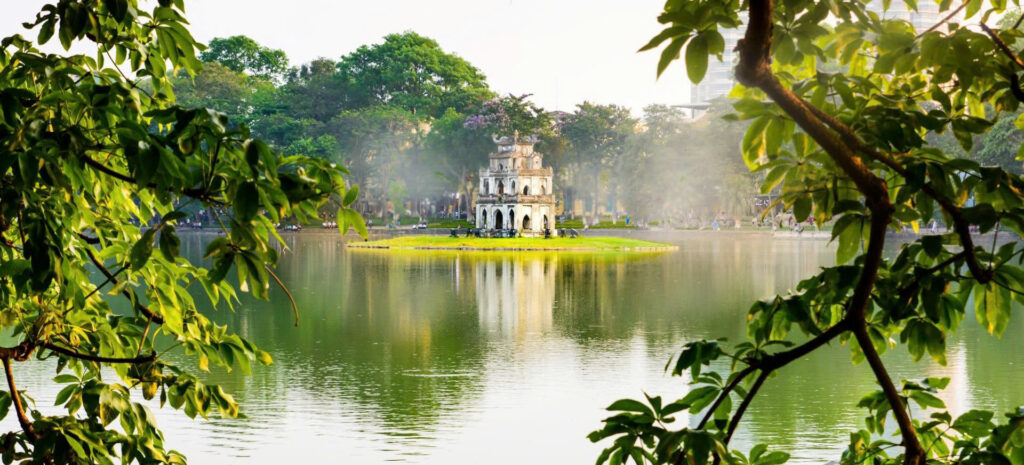
Budget Traveler (Backpacker): $500 – $800 USD (Approx $35 – $57/day) For those looking to stretch every dollar, this budget allows for:
- Accommodation: Dorm beds in hostels, very basic guesthouses.
- Food: Mainly local street food, market finds, and self-prepared dishes.
- Transportation: Overnight buses, local trains (hard seat), walking.
- Activities: Mostly free attractions, self-guided tours, limited paid activities.
RELATED: Phu Quoc Island: Starfish Beach to Luxury Resorts
Mid-Range Traveler (Comfortable): $800 – $1500 USD (Approx $57 – $107/day) This budget offers a good balance of comfort and affordability, including:
- Accommodation: Mid-range hotels (2-3 star), private rooms in guesthouses, occasional boutique stays.
- Food: Mix of street food, local restaurants, and some nicer eateries.
- Transportation: Domestic flights for long distances, comfortable buses, some train journeys (soft sleeper).
- Activities: Popular tours (e.g., Ha Long Bay cruise, Mekong Delta tour), cooking classes, guided excursions.
Luxury Traveler (High-End): USD 1500+ (Approx $107+/day) For travelers who prioritize comfort, convenience, and unique experiences:
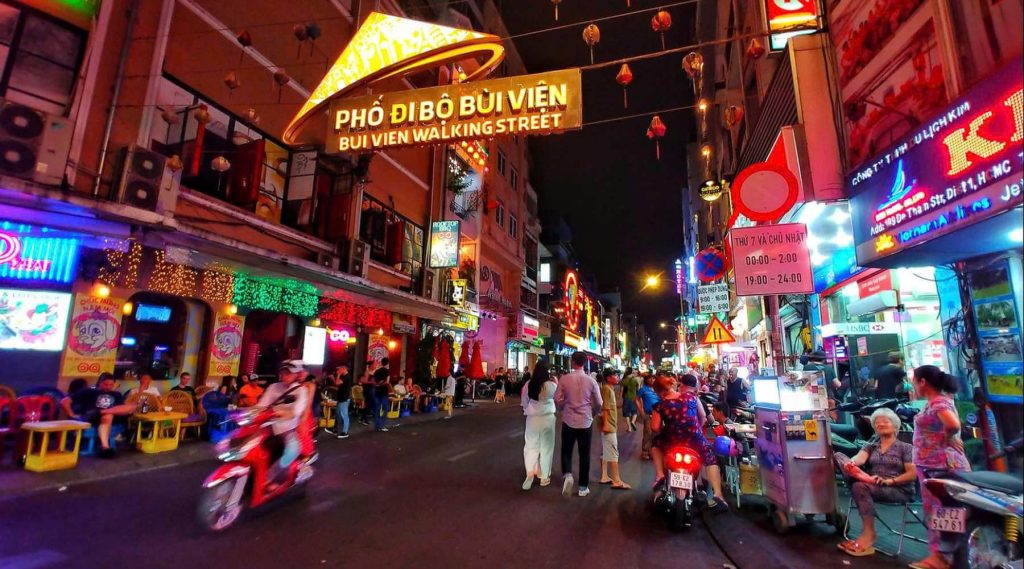
- Accommodation: 4-5 star hotels, resorts, private villas.
- Food: High-end restaurants, fine dining experiences, international cuisine.
- Transportation: Frequent domestic flights, private transfers, taxis/Grab everywhere.
- Activities: Private tours, premium cruises, spa treatments, unique cultural experiences.
Detailed Breakdown of Vietnam Travel Costs (for 14 Days)
Let’s dive deeper into the typical expenses you’ll encounter during your two-week trip to Vietnam. All prices are approximate and can fluctuate.
Accommodation (Average per night)
- Hostels: $5 – $15 USD (Dorm bed)
- Guesthouses/Budget Hotels: $15 – $30 USD (Private room)
- Mid-Range Hotels: $30 – $70 USD
- Luxury Hotels/Resorts: $70+ USD
Food & Drinks (Average per day)
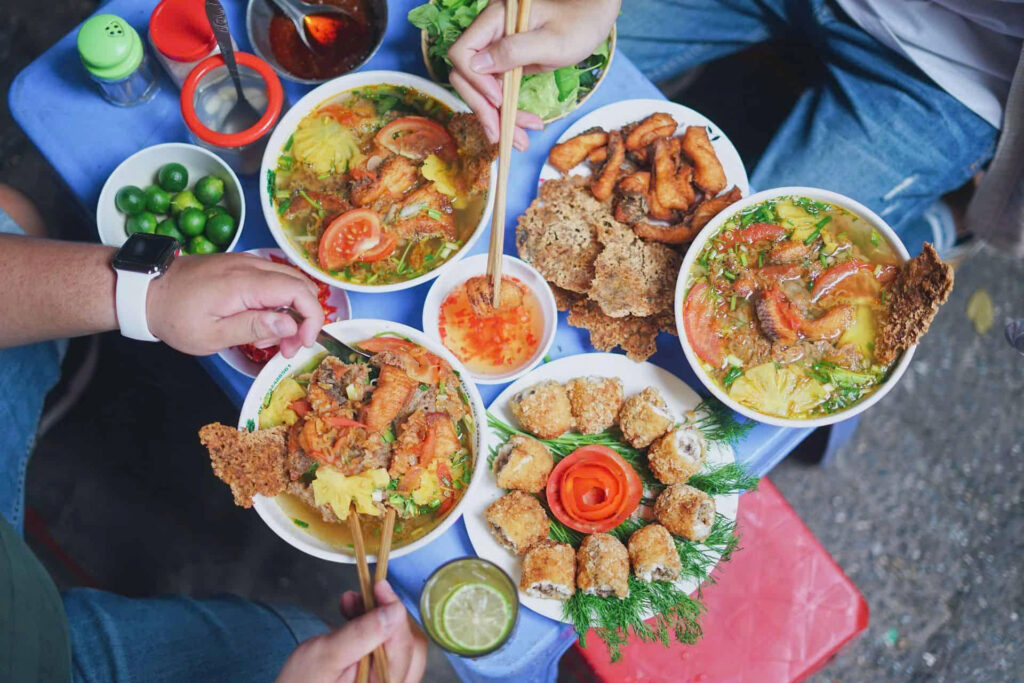
- Street Food/Local Eateries: $1 – $5 USD per meal (e.g., Pho, Banh Mi, Bun Cha)
- Mid-Range Restaurants: $5 – $15 USD per meal
- High-End Dining: $15+ USD per meal
- Coffee/Drinks: $1 – $3 USD (Vietnamese coffee is a must-try!)
- Water: $0.50 – $1 USD per bottle (always opt for bottled water)
RELATED: Ultimate Vietnam Souvenir Guide: What & Where to Buy
Transportation (Examples)
- Domestic Flights (e.g., Hanoi to Ho Chi Minh City): $40 – $100 USD (book in advance for best deals)
- Overnight Sleeper Bus: $10 – $25 USD (long distances like Hanoi to Hue)
- Train (Hanoi to Da Nang, soft sleeper): $40 – $70 USD
- Local City Transport (Grab/Taxi/Bus): $2 – $10 USD per day depending on usage.
- Motorbike Rental: $5 – $10 USD per day (be cautious and ensure you have proper licensing/insurance).

Activities & Tours (Examples)
- Hạ Long Bay Cruise (1-2 nights): $70 – $200+ USD (depending on boat quality and duration)
- Mekong Delta Tour (Day trip): $20 – $40 USD
- Entrance Fees to Temples/Museums: $1 – $5 USD per site (e.g., Temple of Literature in Hanoi, War Remnants Museum in Ho Chi Minh City)
- Cooking Class (Hoi An or Hanoi): $25 – $40 USD
- Trekking in Sapa (guided tour): $50 – $100+ USD (multi-day)
Visa & Travel Insurance

- Vietnam Visa: Varies by nationality and duration. E-visa typically costs around $25 USD. Be sure to always consult the official website of the Vietnam Immigration Department.
- Travel Insurance: Highly recommended. Costs vary but expect $20 – $50 USD for two weeks, depending on coverage. Don’t skip this for peace of mind!
Miscellaneous & Souvenirs
- Budget an extra $50 – $100 USD for incidentals, souvenirs, and unexpected costs. This covers things like tips, toiletries, laundry, and small treats.
Smart Tips for Saving Money on Your Vietnam Trip
Optimizing your spending doesn’t mean sacrificing experiences. Here’s how to travel Vietnam on a budget without missing out.
Eat Like a Local:
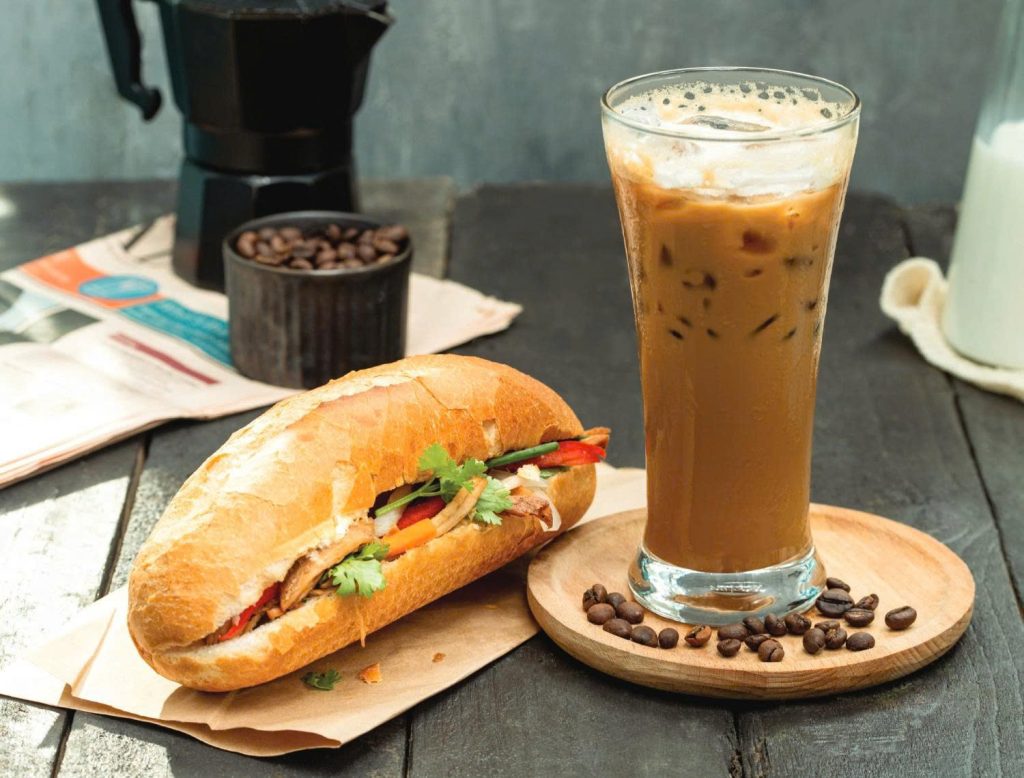
- Street Food is King: Not only is it incredibly delicious (and often safer than unhygienic restaurants), but it’s also incredibly cheap. Identify popular vendors with a quick rotation of goods.
- Local Markets: Purchase fresh fruits and local snacks from markets to enjoy inexpensive and genuine treats.
- Avoid Tourist Traps: Restaurants in prime tourist areas often charge significantly more for similar quality.
Choose Your Accommodation Wisely:
- Hostels & Guesthouses: Excellent for meeting other travelers and saving money. Look for highly-rated ones on platforms like Booking.com or Agoda.
- Homestays: Offer a unique cultural experience and are often budget-friendly, especially in rural areas like Sapa or the Mekong Delta.
- Book in Advance (Sometimes): For popular destinations or peak season, booking ahead can secure better prices, especially for mid-range options.
RELATED: Ultimate Guide to Preparing for Your Vietnam Adventure
Smart Transportation Choices:

- Overnight Buses/Trains: Save on a night’s accommodation by taking sleeper buses or trains for long-distance travel.
- Grab App: For city travel, Grab (Asia’s Uber equivalent) is excellent for honest pricing and convenience. Use GrabBike for even cheaper rides.
- Walk: Explore cities like Hoi An or Hanoi’s Old Quarter on foot to immerse yourself and save money.
Negotiate Politely:
- Bargaining is Common: Keep this in mind especially in market settings and with street-side vendors. Always be polite and smile. Start by offering 50-70% of the asking price.
- Agree on Price First: Before getting into a taxi or motorbike taxi, confirm the price to avoid misunderstandings.
Hydrate Smart:
- Refill Water Bottles: Many hostels and guesthouses offer free filtered water refills. Bring a refillable bottle to cut costs and minimize plastic pollution.
Embrace Free Activities:

- Wander Old Quarters: Get lost in the charming streets of Hanoi or Hoi An.
- Visit Temples/Pagodas: Many are free or ask for a small donation.
- Enjoy Parks: Relax and observe local life in public parks.
- Learn a Few Phrases: Knowing basic Vietnamese greetings can often lead to better interactions and sometimes better deals.
RELATED: Ultimate China Travel guide: Visa, Costs & Tips 2026
Sample 2-Week Vietnam Itinerary with Budget Considerations
Here’s a possible itinerary focusing on key highlights, keeping budget in mind:
Days 1-4: Hanoi & Northern Vietnam

- Hanoi: Explore the Old Quarter, Hoan Kiem Lake, Temple of Literature, Ho Chi Minh Mausoleum. Enjoy street food.
- Ha Long Bay: 1-night budget cruise.
- Budget Focus: Stay in a hostel in Hanoi. Book a budget cruise. Eat street food. Use GrabBike or walk.
- Entities: Hoan Kiem Lake, Temple of Literature, Ho Chi Minh Mausoleum, Ha Long Bay.
Days 5-7: Central Vietnam (Hue & Hoi An)

- Travel: Overnight train/bus from Hanoi to Hue.
- Hue: Imperial City, Thien Mu Pagoda.
- Hoi An: Ancient Town, tailoring, cooking class, beach (An Bang Beach).
- Budget Focus: Guesthouses in Hue/Hoi An. Take cyclos or walk. Eat at local restaurants.
- Entities: Imperial City, Thien Mu Pagoda, An Bang Beach.
Days 8-10: Southern Vietnam (Ho Chi Minh City)
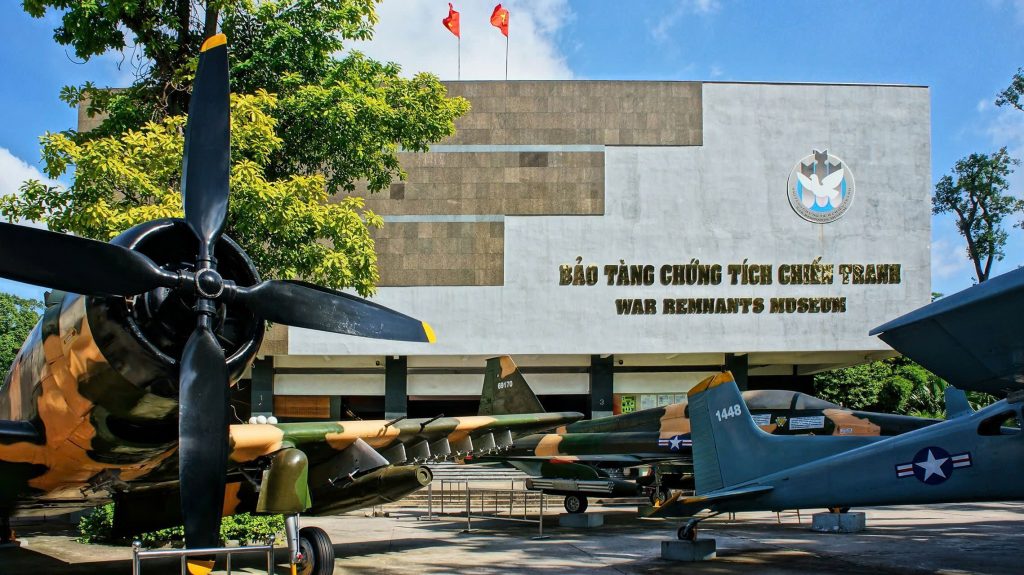
- Travel: Take an internal flight from Da Nang (close to Hoi An) to Ho Chi Minh City.
- Ho Chi Minh City: War Remnants Museum, Cu Chi Tunnels, Ben Thanh Market, Notre Dame Cathedral.
- Budget Focus: Hostel/budget hotel. Use Grab. Explore markets for food and souvenirs.
- Must visit: War Remnants Museum, Cu Chi Tunnels, Ben Thanh Market, Notre Dame Cathedral.
Days 11-13: Mekong Delta or Phu Quoc (Optional)
- Mekong Delta: Day trip from HCMC, exploring floating markets and local life.
- Phu Quoc Island (Beach Relaxation): Fly to Phu Quoc for beach time. (Note: Phu Quoc will significantly increase your budget due to flights and resort costs).
- Budget Focus: Mekong Delta is more budget-friendly. Stay in a simple guesthouse.
- Entities: Mekong Delta, Phu Quoc.
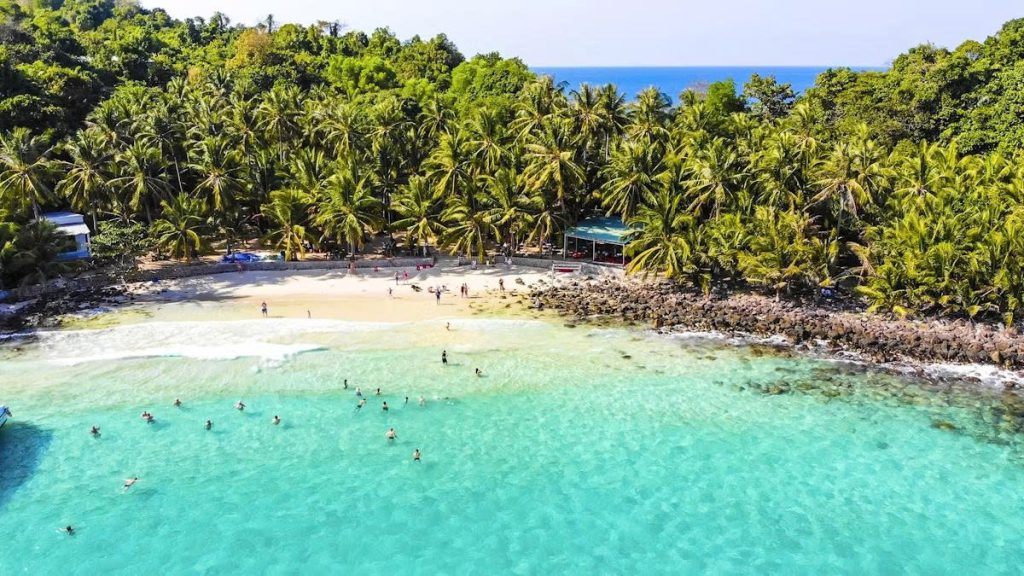
Day 14: Depart Ho Chi Minh City.
- Do some final souvenir shopping or revisit a cherished location before going to the airport.
RELATED: North vs South Vietnam: Which Region Should You Explore First?
Essential Entities for Your Vietnam Journey
Understanding key entities will enrich your travel and budget planning:
- Currency: Vietnamese Dong (VND). Familiarize yourself with common denominations.
- Major Cities: Hanoi (capital), Ho Chi Minh City (largest city, formerly Saigon), Da Nang, Hue, Hoi An.
- Natural Wonders: Explore Ha Long Bay (a UNESCO-listed site), the Mekong Delta, and Sapa (with its iconic rice terraces).
- Historical Sites: Imperial City of Hue, Cu Chi Tunnels, Temple of Literature.
- Transportation Providers: Travel options include Vietnam Airlines, Vietjet Air, Bamboo Airways (for flights within the country), Vietnam Railways (VNR), Xanh SM, and Grab.
- Food & Drink: Pho, Banh Mi, Bun Cha, Vietnamese Coffee, Beer Hơi.
- Accommodation Platforms: Booking.com, Agoda, Hostelworld.
- Official Sources: Vietnam Immigration Department (for visa information).
RELATED: Ho Chi Minh City Guide 2026: Culture, Food & Nightlife
A 2-week trip to Vietnam is an unforgettable experience, offering a blend of vibrant culture, stunning landscapes, and delicious cuisine. By carefully planning your Vietnam travel budget, choosing smart spending habits, and leveraging the tips in this guide, you can enjoy an incredible adventure without breaking the bank. Remember that flexibility is key, and sometimes the best experiences are found off the beaten path.


